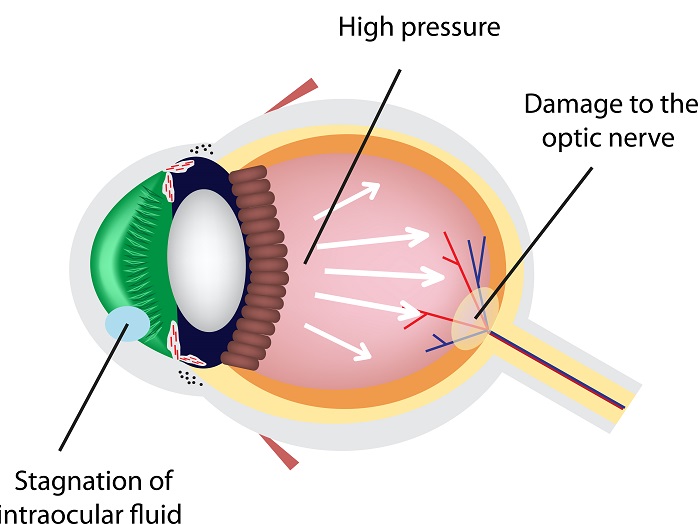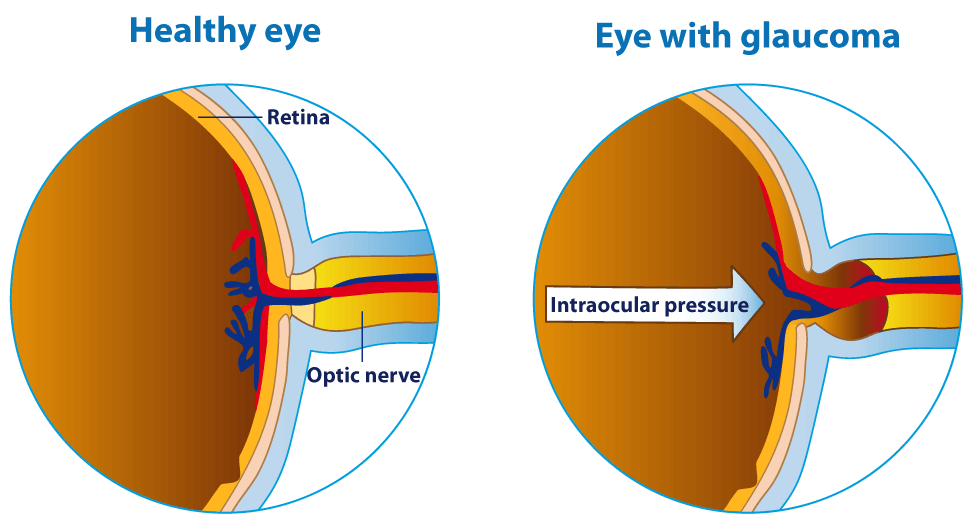Trustworthy Glaucoma Service Near Me: Protect Your Vision with Specialists
Trustworthy Glaucoma Service Near Me: Protect Your Vision with Specialists
Blog Article
Comprehending the Various Vision Correction Procedures Available for Clearer Sight
In the realm of vision improvement procedures, a wide variety of alternatives exist to address refractive errors and provide people with more clear view. Let's explore the complexities of these treatments and lost light on the path to achieving enhanced vision clearness.
LASIK Surgical Treatment
LASIK surgical treatment is an usual refractive treatment made use of to correct vision troubles such as farsightedness, astigmatism, and nearsightedness - glaucoma service near me. This medical strategy, which stands for Laser-Assisted sitting Keratomileusis, aims to reshape the cornea to enhance how light is concentrated on the retina, ultimately boosting vision clarity. Throughout the procedure, a thin flap is created on the cornea, and a laser is made use of to get rid of specific quantities of cells to improve it properly. This improving permits light to be accurately concentrated onto the retina, fixing refractive errors.
Among the key benefits of LASIK surgical procedure is the quick improvement in vision experienced by clients. Lots of people see a substantial enhancement in their eyesight right away after the procedure. Additionally, the majority of individuals report very little pain and pain throughout the surgical treatment and healing period. The recovery time for LASIK is fairly fast, with many individuals returning to their day-to-day activities within a day or more post-operation. Overall, LASIK surgical procedure is a prominent option for people looking for a lasting option for their vision problems.
PRK Treatment
While also an usual refractive treatment, the PRK (Photorefractive Keratectomy) technique varies from LASIK surgery in its technique to correcting vision issues. In PRK, rather than producing a flap on the cornea, the external layer of the cornea, called the epithelium, is totally gotten rid of. This enables the laser to reshape the cornea to deal with refractive errors such as nearsightedness, farsightedness, and astigmatism straight externally.

In spite of the longer recuperation time, PRK can generate outstanding lead to vision renovation, making it a useful alternative for those that may not be suitable prospects for LASIK surgical treatment.
Implantable Lenses
In comparison to PRK where the cornea is reshaped directly, implantable lenses provide one more technique for remedying vision by inserting man-made lenses inside the eye. This procedure is particularly beneficial for individuals with high degrees of nearsightedness, farsightedness, or astigmatism who may not be suitable prospects for laser surgical procedures like LASIK or PRK.
Implantable lenses, additionally called phakic intraocular lenses, work by supplementing the eye's all-natural lens with a fabricated one. retina service near me. These lenses can be placed before the natural lens (former chamber) or behind the iris and before the all-natural lens (posterior chamber) By changing the power and positioning of these lenses, eye doctors can effectively correct refractive mistakes and boost visual acuity
One advantage of implantable lenses is that they are detachable and exchangeable, offering flexibility for future modifications. Nonetheless, as with any type of operation, there are risks entailed, such as infection or cataract formation. Clients taking into consideration implantable lenses ought to talk to an eye treatment specialist to figure out the most appropriate alternative based upon their specific needs and eye health.
Corneal Rings
Corneal rings, likewise recognized as intracorneal ring sections, are little, transparent devices placed right into the cornea to deal with vision distortions such as keratoconus. Keratoconus is a condition where the cornea thins and protrudes outward, causing vision to end up being distorted. The insertion of corneal rings aids to flatten the cornea, boosting visual acuity and lowering the uneven astigmatism triggered by keratoconus.
The procedure for placing corneal rings is reasonably fast Check This Out and minimally invasive, commonly done as an outpatient treatment. During the surgical treatment, the find out here now ophthalmologist makes a little laceration in the cornea and inserts the rings at a certain depth. When in area, the rings aid to reshape the cornea, supplying a smoother surface area for light to go into the eye, which can lead to clearer vision.
Corneal rings are thought about a reversible procedure, as they can be removed or changed if necessary. retina service near me. While they may not completely remove the requirement for glasses or contact lenses, corneal rings can dramatically improve vision high quality and general aesthetic convenience for individuals with keratoconus or various other corneal abnormalities
Refractive Lens Exchange
Adhering to the improvement of corneal abnormalities with procedures like corneal rings, one more vision adjustment technique that can resolve refractive mistakes is Refractive Lens Exchange (RLE) RLE is a surgery that entails replacing the eye's natural lens with a fabricated intraocular lens (IOL) to correct refractive mistakes such as nearsightedness, farsightedness, and presbyopia. This procedure is especially valuable for individuals that may not appropriate prospects for treatments like LASIK or PRK because of elements such as slim corneas or high refractive mistakes.

Conclusion
In final thought, there are various vision correction procedures available to help individuals accomplish more clear sight. LASIK surgical procedure, PRK procedure, implantable lenses, corneal rings, and refractive lens exchange are all choices that can resolve various vision problems.
In the world of vision modification procedures, a multitude of choices exist to attend to refractive errors and provide people with clearer sight.LASIK surgical treatment is a common refractive treatment utilized to deal with vision troubles such as nearsightedness, farsightedness, and astigmatism.While also a common refractive procedure, the PRK (Photorefractive Keratectomy) strategy differs from LASIK surgery in its strategy to dealing with vision troubles.Following the correction of corneal abnormalities with procedures like corneal rings, another vision adjustment method that can attend to refractive mistakes is Refractive Lens Exchange (RLE) LASIK surgery, PRK treatment, implantable lenses, corneal rings, and refractive lens exchange are all choices that can attend to different vision problems.
Report this page